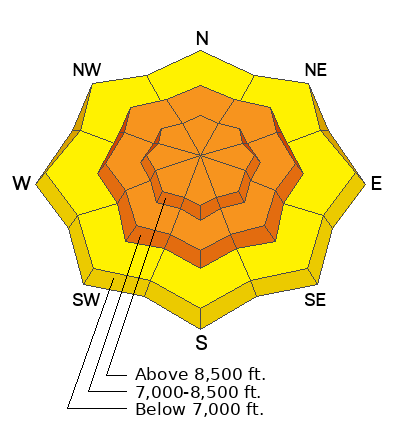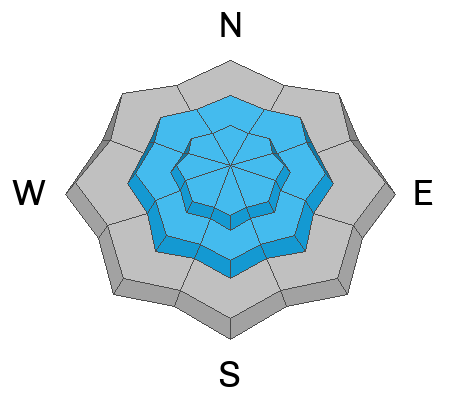Forecast for the Ogden Area Mountains

Issued by Drew Hardesty on
Tuesday morning, November 29, 2022
Tuesday morning, November 29, 2022
A CONSIDERABLE AVALANCHE DANGER exists at the mid and upper elevations. Natural avalanches may be possible; human triggered avalanches are likely, particularly on steep wind drifted slopes. On some west to north to east facing aspects, you will be able to trigger soft slab avalanches at a distance. Collapsing and shooting cracks are to be expected. Note that human triggered avalanches are possible in steep terrain of the lower elevations; particularly on the shady aspects.
***Choose low angle terrain with nothing steep overhead.

Low
Moderate
Considerable
High
Extreme
Learn how to read the forecast here








